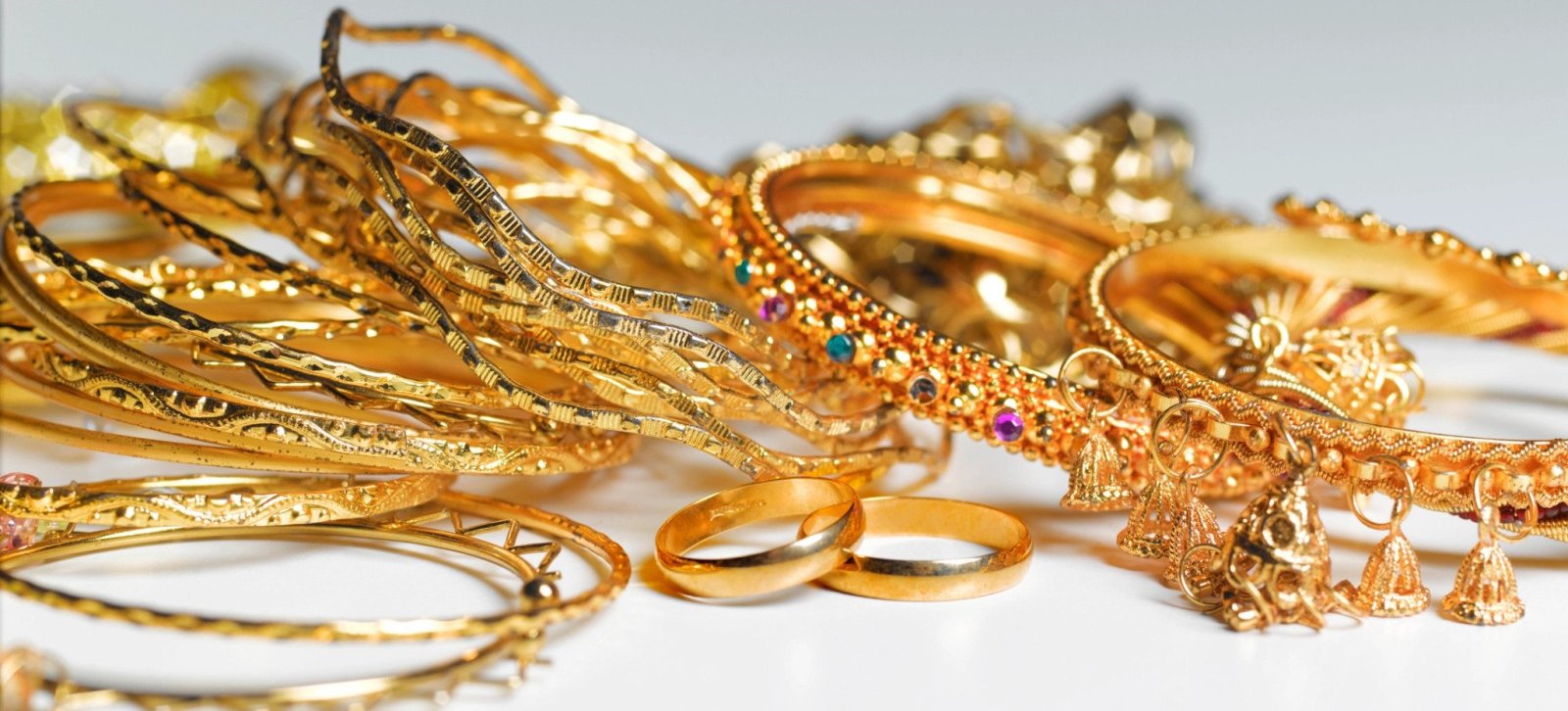Have you ever noticed how some things sound almost made-up, like they belong in a quirky novel or a niche indie film? That’s how Bart springtime feels. It’s got this playful, slightly mysterious vibe. And honestly, it’s one of those terms that makes you stop and think, “Wait, what exactly is that supposed to mean?” Stick around—I’ll unpack it for you, share why it matters, and sprinkle in some observations you might not expect.
Table of Contents
The Backstory of Bart Springtime (Sort Of)
Let’s rewind for a second. Whenever a phrase like Bart springtime pops up, the first instinct is to Google it (don’t lie—you’ve done it too). Maybe it’s a reference. Maybe it’s just a fun mashup of words. But in the bigger picture, it’s a reminder that language doesn’t always have to be stiff or predictable.
Think about springtime itself. That season is always romanticized. New beginnings. Blossoms. That fresh smell in the air after months of gray skies. But throw “Bart” into the mix, and suddenly it feels more personal, almost like springtime has a character. A personality.
And to be fair, that’s kind of how we humans operate. We attach names to experiences. We add quirks to everyday moments. If you’ve ever called your car “Betty” or nicknamed your favorite mug, you get it. So Bart springtime becomes less of a puzzle and more of a playful frame of reference.
How People Play With Words (and Why That Matters)
Here’s the fun part—phrases like this aren’t rare. We see them all the time. They sneak into trends, conversations, even memes. And while we don’t always stop to think about it, they change how we experience culture.
Some quick examples:
- Season mashups: “Hot Girl Summer,” “Cuffing Season,” “No-Shave November.” All random-sounding until they stick.
- Name drops: Think of “Karen” (sorry to all the actual Karens). Names evolve into shorthand for behaviors or seasons of life.
- Inside jokes: Friend groups invent their own “Bart springtime” phrases that make no sense outside the circle, but mean everything inside it.
The point? We love giving everyday things a twist. It’s conversational shorthand. It makes moments memorable. Honestly, that’s probably why something like Bart springtime feels oddly familiar even if you don’t know exactly where it came from.
Why “Bart Springtime” Feels Local, Even If It’s Not
Here’s something weird: phrases like this almost feel regional, like they’re tied to a specific community. You hear them, and you imagine they came out of a small café in Amsterdam or a group of college kids lounging on a grassy quad somewhere.
It’s that local energy. The sense that only “insiders” get the reference.
For example, where I live, people use super random phrases to describe the weather. One neighbor always says, “Looks like soup today,” whenever it’s foggy. Nobody outside our block would understand, but we all nod like it’s the most natural thing. That’s the same vibe Bart springtime gives off.
It’s like a secret handshake—whether it actually belongs to a place or not. And that’s what makes it fun.
How to Actually Use a Phrase Like This
Okay, let’s get practical. Say you want to sprinkle Bart springtime into your life. How would you do it without sounding like you’re forcing it? Easy. Think of it as seasoning—light, playful, and meant to enhance the mood.
- Social media captions – Posting that first sunny park photo of the year? Drop a casual “finally feels like Bart springtime.”
- Inside jokes – Start saying it around your friends when the seasons shift. See how quickly it catches on.
- Creative projects – Writing a poem, short story, or blog? Throw it in as a character name or seasonal vibe. Adds color.
- Everyday banter – You know that small talk about the weather we all dread? Spice it up. Instead of “nice day today,” say, “full-on Bart springtime out here.” Watch the double-take.
The trick is not to overthink it. Language evolves because people play with it, not because they draft a 10-step plan.
The Steps (Without Being Boring)
If you’re the kind of person who likes structure—hey, no shame—here’s a loose way to think about embracing quirky terms like Bart springtime:
Step 1. Notice when it feels right. Not every sunny day is worthy. But that first warm breeze after winter? Perfect.
Step 2. Say it casually. Don’t explain. Just let it hang.
Step 3. See if it lands. If people laugh, roll with it. If they look confused, even better.
Step 4. Repeat sparingly. The magic fades if you use it every five minutes.
Step 5. Own it. At some point, it’ll stop being a borrowed phrase and start being yours.
That’s how all trends start, really. Someone says it once, then again, then suddenly it’s everywhere.
Why We Love Stuff Like This (Even When We Pretend We Don’t)
Let’s be honest—humans love a little chaos in language. We act like we want clear, proper communication, but deep down, we live for those moments where words bend the rules. That’s why slang sticks. That’s why memes blow up.
Bart springtime is a perfect example. It’s weird. It’s catchy. It makes you smile without even knowing why. And in a world that often feels too polished, too serious, having these offbeat phrases is refreshing.
You might not realize it, but this is how culture stays alive. It’s not just the big headlines or global movements—it’s the small, silly things people say that spread and evolve.
Wrapping It Up
So, what do we do with Bart springtime? Honestly, whatever we want. It can be a phrase, a mood, a joke, or even a mini tradition. That’s the beauty of language—it adapts.
The next time someone asks how your day is, maybe skip the usual “fine” or “busy.” Try saying, “Feels a bit like Bart springtime.” See what happens. Worst case, they think you’re quirky. Best case, you’ve just started a trend.









